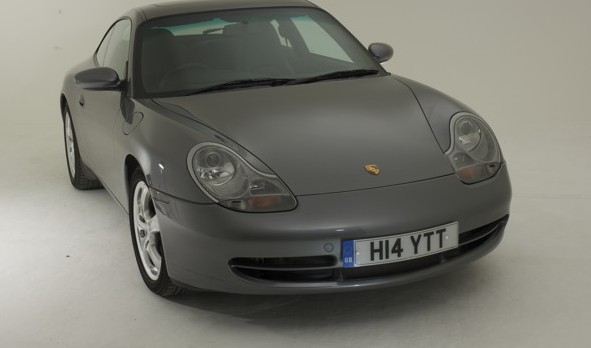Thought of the day: a cam for all seasons
Launched in 1963, the first 911 was very fast, very noisy and fairly basic, but it exemplified the new sense of freedom of the 1960s – when empty roads were easy to find, blanket speed limits did not exist and petrol was comparatively cheap.
With 170bhp, the 1969 911S packed an impressive 85bhp per litre – an astounding figure for a production car – and if it was temperamental in traffic, a few blips on the accelerator would clear its throat. This naturally attracted attention, but so much the better; this was the era of the miniskirt, after all. After decades of cap doffing and conformity, a spirit of rebellion was at large and if you could afford one, what better way to make a statement than in a 911?
Of course, it couldn’t last, though. Even before the first oil shock in 1974, American safety and emissions legislation and speed limits everywhere were forcing manufacturers into compromises; fuel injection replaced carburettors, crash protection made cars heavier, and 911s no longer howled deafeningly to 7500rpm. By the 1980s, consumer taste for the good life meant more and more equipment – and therefore weight. Even the 911, that paragon of lightness and agility, acquired a distinct middle-aged spread.
It took Porsche several attempts to adapt the 911 entirely to the modern idiom without fatally damaging its character. The 993 resolved much of the refinement shortcomings of the 964, but still relied on a relatively high revving, large capacity engine for performance. Competitors offered more sophisticated and refined engines with more usable torque. Constrained, however, by the architecture of the air-cooled engine, Porsche could not follow Honda’s VTEC design, first seen on that unsung 911 rival, the NSX. It meant that the 911’s valve timing would continue to be a trade off between performance and tractability.
In 1995, however, Porsche did introduce Varioram, a clever mechanism which varied the inlet tract length to enhance torque at lower speed without stifling breathing at high revs. Ford later used the same principle on its Duratec V6 – which became a popular engine in sports car applications such as Noble or Morgan – with a long and short tract for each cylinder. But variable valve timing was the fundamental solution and by the mid 1990s, most top end manufacturers had adopted it in some form.
Honda’s VTEC, which set the benchmark, is a fine piece of engineering that relies on three cam lobes for each pair of valves; two for low speeds with the third spinning idly between them, only coming into play at high revs. It is actuated by the ECU which opens an oil valve, causing oil pressure to force out hardened pins that lock the three cams together so that they assume the profile of the most aggressive. In effect, the engine has a second ‘coming on the cam’ stage. BMW’s Valvetronic uses an electric motor to bring in a third cam, whereas Ferrari cuts a varying lobe profile on each cam and employs hydraulic pressure as the engine revs increase to bring in the steeper profile, achieving a more gradual transition.
Porsche completely revised the 911’s engine with the coming of the 996. Essentially, not only was the old air-cooled engine expensive to manufacture, but it had no more development potential and, above all, would constrain the future appeal of the 911 which needed a wider constituency to survive. Moving to water-cooling, then, Porsche preserved the unique flat six architecture, but the redesign had twin camshafts per cylinder bank, allowing the company to use its own variable valve timing – VarioCam.

Widely admired as perhaps the most elegant interpretation, VarioCam had been developed on the four cylinder 968 engine and was quickly adapted to the 996. Here, the exhaust camshaft is powered from the crankshaft and a chain is run between the camshafts to power the intake cam. A tensioner moves to transfer the slack in the chain from one side to the other, shortening or lengthening the drive and advancing or retarding the intake camshaft. The timing chain has been an integral part of 911 engine design since Porsche abandoned the noisy bevelled cog camshaft drive of the 356, making VarioCam a classic Zuffenhausen conception.
Porsche has subsequently refined the mechanism with VarioCam Plus which additionally uses electro hydraulics for infinite variation of the inlet valves.
In 2009, the comfortably appointed 997, with its flattish torque curve, discreetly silenced exhaust and restrained appetite for 98 octane may seem far removed from that raucous 911 wild-child of the 1960s. However, like its ancestor, the contemporary 911 simply reflects its contemporary driving environment, which is circumscribed by rules, pressure to conform, and the need to consume moderately and responsibly. The 997 perfectly conserves the 911 tradition, sharing the silhouette of the A series 911 and that same incomparable feeling of involvement and excitement and now does 35mpg or better.


Comments (0)